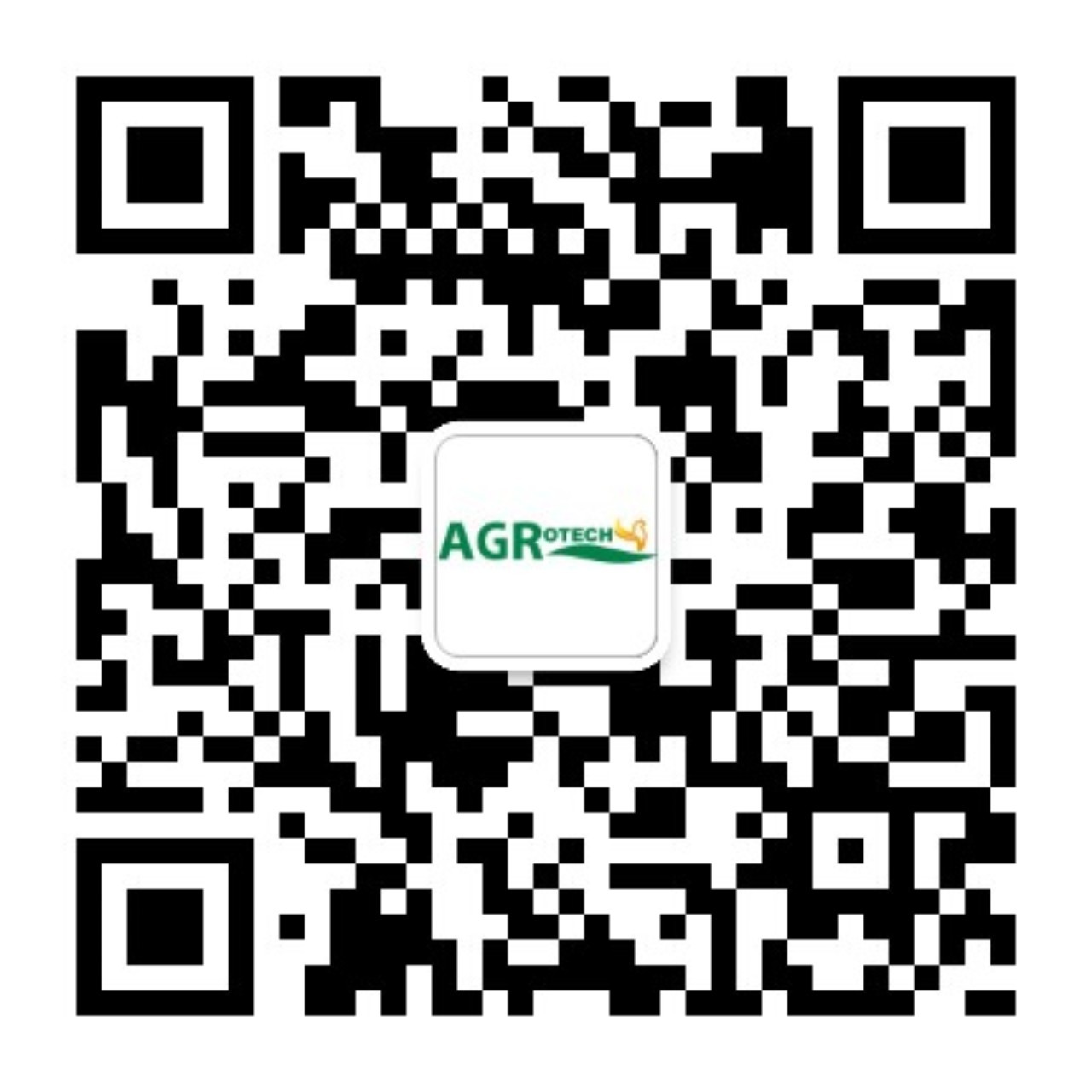News Center
News Details
Countermeasures and Reflections on Coping with the Low Period of the Pig Industry - 2009
Release time:
2011-01-25 00:00
Source:
In the second half of last year, domestic hog market prices plummeted, falling below 12 yuan per kilogram, a decrease of about 35%. The main reasons are as follows: Firstly, the supply and demand relationship has changed, with hog inventories increasing by more than 10% year-on-year; secondly, the epidemic has entered an effective control period, and the highly pathogenic blue ear disease of the previous two years has eased, increasing the production capacity of pig farms; thirdly, consumer demand has decreased, affected by financial and economic difficulties. The main reason is that the price has dropped due to oversupply.
Hog production is entering a cyclical decline and is in a period of industry downturn. How to face and overcome this difficulty? This is a question that people engaged in this industry need to consider, especially hog breeding enterprises need to have corresponding countermeasures and measures.
1. Large-scale smallholder pig farming is the biggest reason affecting the supply and demand balance of hog production.
The current number of hogs marketed by smallholder pig farms in China exceeds that of large-scale pig farms. Although the development of large-scale pig farms has been rapid in recent years, and the development trend is very obvious, the total scale is still not up to the level of smallholder farming. In other words, China's hog industry is still in the process of transitioning from individual-based to enterprise-based. The characteristic of individual pig farming is its arbitrariness. When prices are high and profitable, everyone rushes in, increasing market supply and causing prices to fall. When losses become unbearable, they reduce their stock or stop farming, resulting in large fluctuations. The supply and demand balance is achieved through changes in production volume caused by price factors, forming a certain regularity. This is what insiders often call the cyclical nature of the hog industry. The time to complete such a cyclical change is generally about 3 years. The main factor of this cyclical change is determined by the characteristics of individual pig farming. How to lengthen this cyclical change and achieve the goal of relatively stabilizing the market? Only by increasing the production scale of enterprise pig farming and reducing the proportion of individual pig farming. According to China's national conditions, the group of individual pig farmers will not disappear in the near future. Only by gradually realizing the transition from individual to enterprise, from smallholder farming to intensive and large-scale farming, can a reasonable ratio between enterprise production and individual production be achieved. The characteristic of enterprise hog farming is that once the production scale is formed, it will not fluctuate greatly. Its production continuity and stability are stronger. Moreover, it has advantages in prevention, disease control, and optimization that individual farming cannot achieve. In other words, expanding the total volume of large-scale farming is one of the powerful means to achieve macroeconomic balance of hog production supply and demand.
2. Large-scale smallholder pig farming has fatal blind spots in disease prevention and control.
The highly pathogenic blue ear disease that broke out nationwide in 2006 had an unprecedented impact on China's hog industry. How many pig farms suffered from it, and how many experts and scholars have worked hard for it. This highly prevalent swine disease caused by a mutated swine virus has spread to more than 80% of pig farms. However, large-scale smallholder pig farming and individual farming enterprises suffered even more. The reason is that these pig farmers have fatal blind spots in disease prevention and control. Firstly, the immunization program is lacking or incomplete; secondly, the response measures are ineffective; thirdly, there is a lack of effective preventive awareness and facilities. Many large-scale pig farms have also experienced this disease. Relatively speaking, they can effectively resolve it and take further preventive measures to ensure safety. The blind spots in disease prevention and control in smallholder pig farming not only endanger their own farming safety, but more seriously, bring immeasurable damage to the entire pig farming industry. On the one hand, it affects the balance of total supply and demand, and on the other hand, it affects the purification of the hog disease prevention environment and the controllability of swine disease outbreaks. The most effective way to solve this problem is to accelerate the transition of hog production mode to large-scale and intensive farming.
3. Adopt measures and methods suitable for the characteristics of the pig farm itself to reduce losses.
3.1 Reduce the number of sows with the aim of purifying the sows. Although highly pathogenic blue ear disease has eased, the elimination of its mutated virus source is still a work that every pig farm must attach importance to. I believe that during the downturn of the hog industry, it is a good opportunity for pig farms to purify their sow herds. Because the probability of the mutated virus source existing in the breeding sows is quite high, eliminating the virus source by culling infected sows is one of the effective and powerful means. Moreover, the current hog price has fallen into the production loss area, and reducing the number of sows to reduce losses is also a last resort. Each pig farm can conduct a thorough inventory of sows through methods such as antigen detection and production original records. Sows with high abortion rates and stillbirths or mummies should be culled. On the one hand, this can achieve the purpose of eliminating the virus source, and on the other hand, it can achieve the purpose of reasonable stocking reduction and low-price loss reduction.
3.2 Adjust technical measures and strengthen quality cost and production cost accounting. First, reasonably adjust the feed formula. On the premise of ensuring effective energy and nutrient supply, adjust the feed formula in time according to the changes in the prices of various raw materials, especially the feed quality adulteration incidents caused by "protein powder", which should be highly valued by all pig farms. All raw materials involving protein content indicators should attract our attention, such as fish meal and soybean meal with high protein content. If we pay a high price for adulterated substandard products, it will not only affect the breeding quality but also increase the production cost, so we must strictly control the quality. In this case, safe and reliable feed schemes and reasonable and economical feed formulas can be considered. Insiders know that the most important factor determining the high and low cost of pig farming is feed, so how to improve the absorption rate of feed and the feed-meat ratio in the process of hog farming is the most important way to reduce production costs. Therefore, we should work harder in this area and adjust technical measures in time. Starting from the perspective of cost-effectiveness and feed-price ratio, determine a reasonable technical scheme through cost accounting methods to achieve the purpose of reducing costs.
4. Reasonable profit distribution of hog production business segments.
The hog industry consists of three links: feed production and sales, hog farming, and slaughtering and processing, before finally reaching the end consumer. There are interest relationships between these links. The interests of the feed industry are constrained by two factors: the impact of the harvest and price of raw material production areas, and the impact of the feeding volume of feed demanders. Generally speaking, the price of feed is positively correlated with hog production and negatively correlated with hog prices, that is, the greater the hog production, the higher the feed price; the lower the hog price, the higher the feed price. This conforms to the general laws of market economy. However, the slaughtering link is different. Due to fixed-point slaughtering, the monopoly of white meat wholesale sales means that the market supply price is not affected by the fluctuation of live hog prices, or is rarely affected. That is to say, when the live hog price falls, the white meat supply price does not fall with the live hog price. This has resulted in an unreasonable surge in profits in the slaughtering link and unreasonable profit distribution in various links of the hog industry. If the live hog price is subject to the constraints of the supply and demand relationship of its products, while the supply price of white meat after slaughtering is not affected by the live hog price, this does not conform to the objective laws of market economic development. It harms both consumers and hog farming enterprises, and the ultimate consequence is that it directly affects the healthy development of the hog industry.
In summary, during periods of low pig industry activity, relevant national departments should moderately develop large-scale pig farming enterprises, consciously and effectively manage the controlled development and reasonable transformation of small-scale pig farming, achieving a relative balance between pig production and market demand from a macro perspective. This will mitigate the cyclical fluctuations in market prices caused by supply and demand contradictions, paving the way for the pig farming industry to enter a virtuous cycle. Simultaneously, the effective establishment of a nationwide disease prevention and control system is fundamental to the healthy development of pig farming and essential for maintaining a balance between supply and demand in pig production. Pig farming enterprises should strengthen technical management while enhancing cost accounting and quality cost management. During periods of low pig industry activity, they should strive to reduce production costs and minimize operating losses. Government and price management departments are required to intervene in and control the reasonableness of prices at various stages of the pig industry, strengthen price supervision, ensure reasonable profit distribution, protect consumer interests, protect producer interests, and enable the pig industry to develop in an orderly manner according to market laws.
Previous page
Previous page





